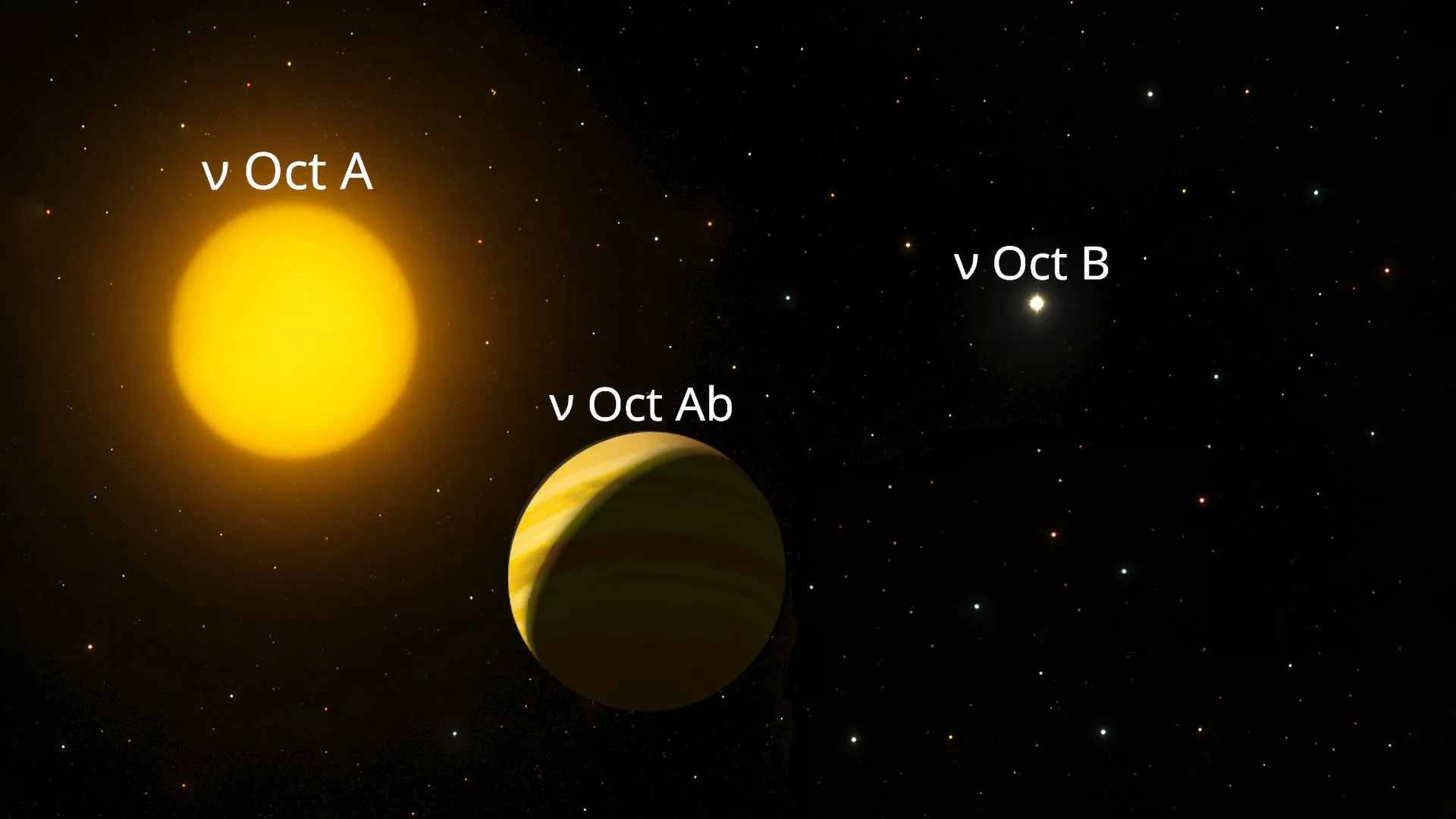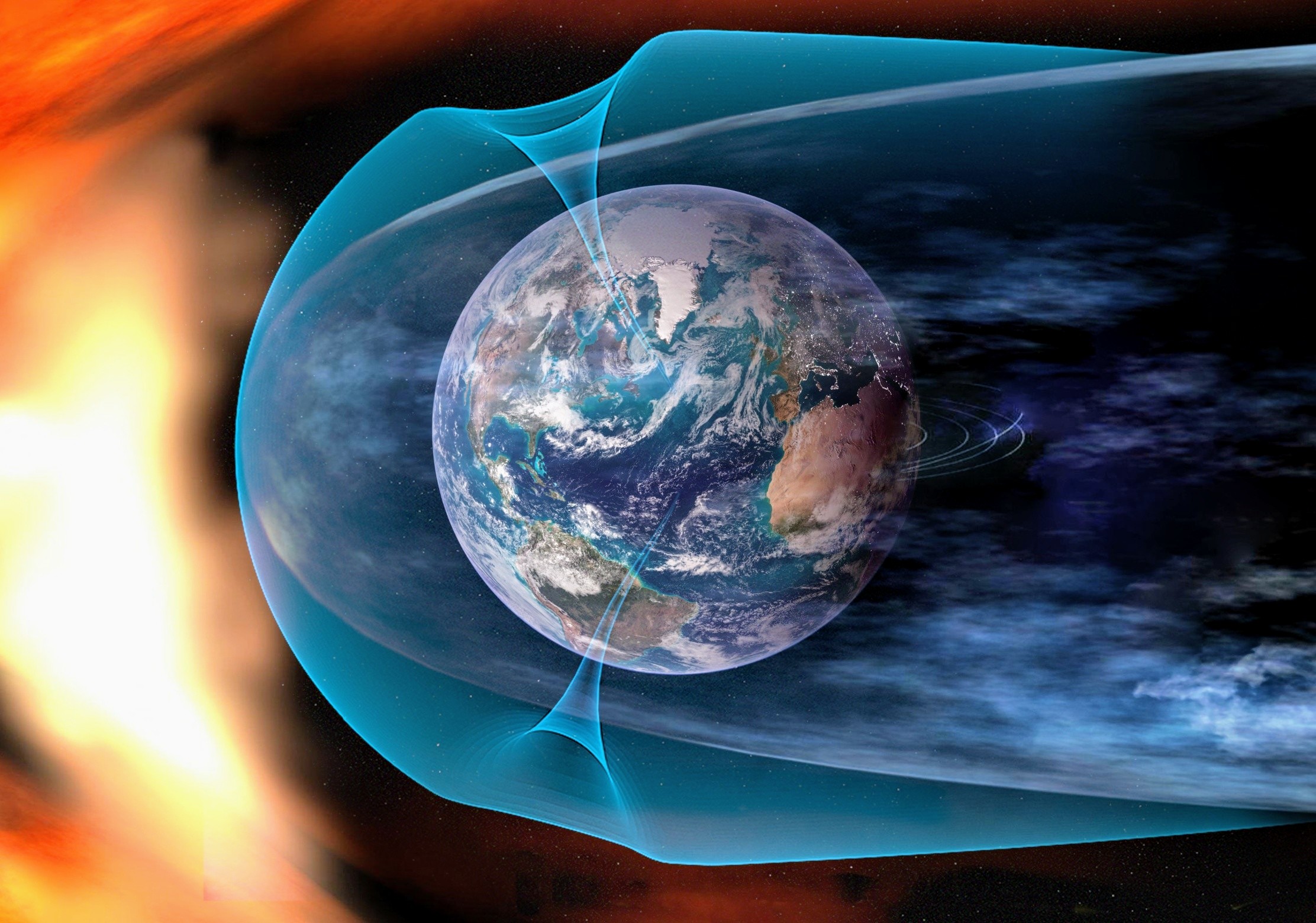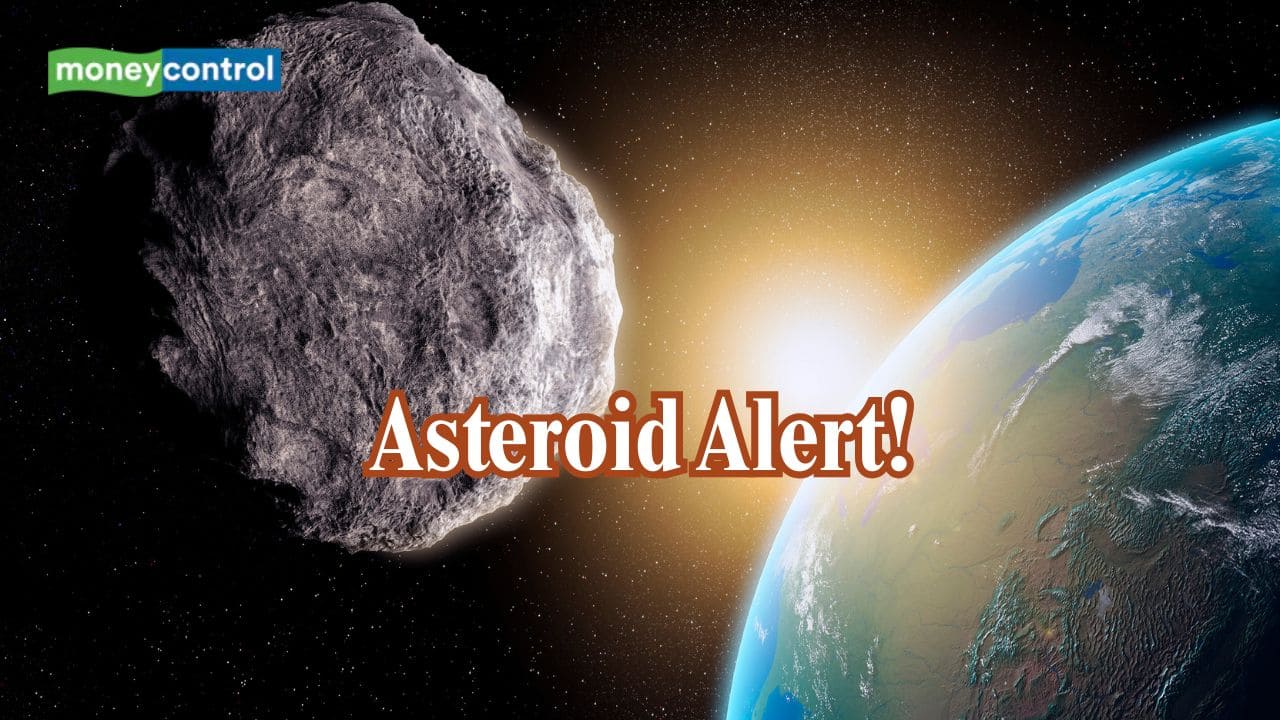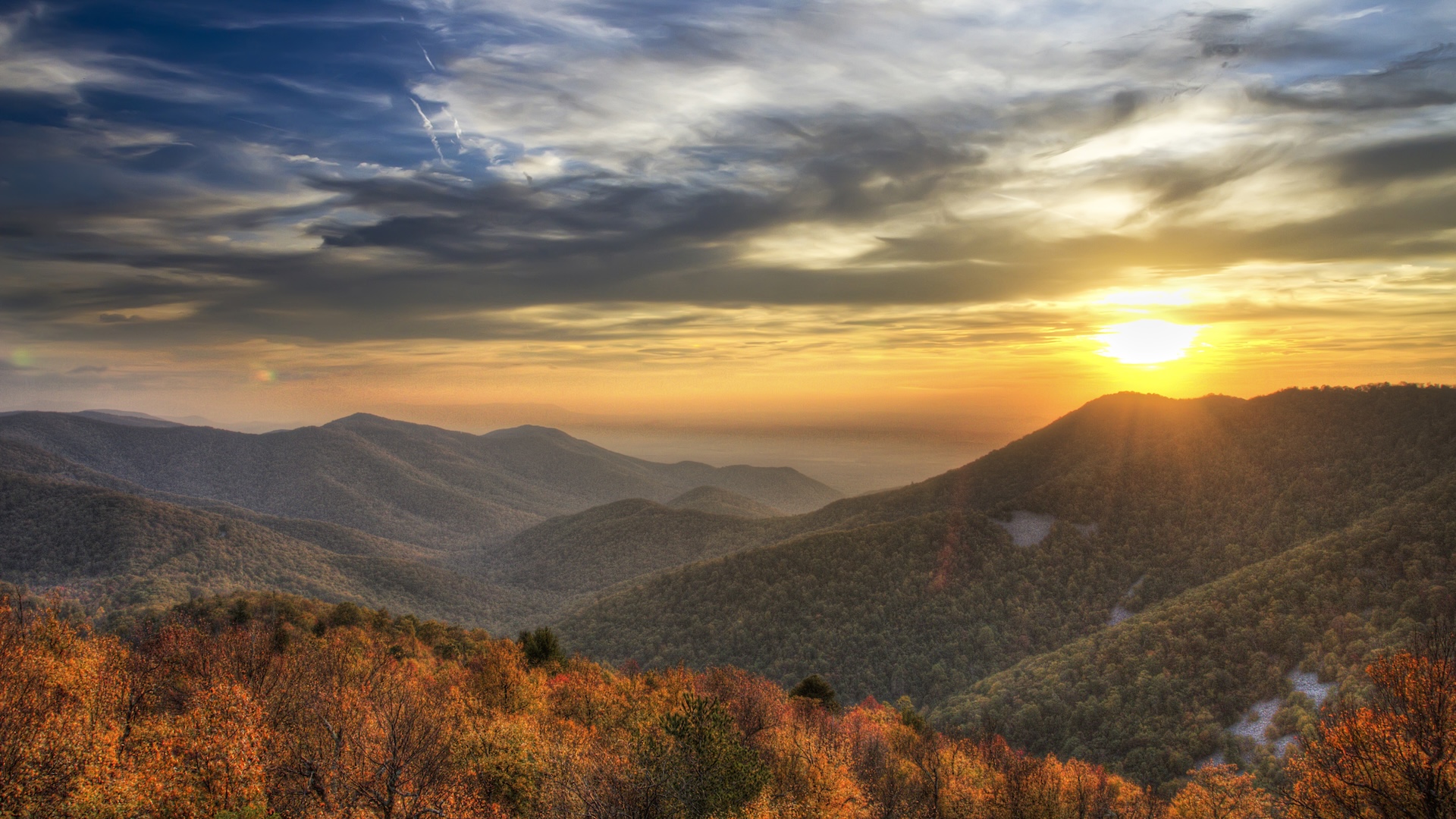Could a 40 Million Year Old Fault Line Trigger the Next Big Earthquake?

Imagine living in a serene landscape, unaware that beneath your feet lies a sleeping giant that could awaken at any moment. A recent study has sent shockwaves through the scientific community, suggesting that a fault line, dormant for 40 million years, could be gearing up for a catastrophic awakening.
Researchers from the University of Victoria and the University of Alberta have unveiled startling findings about the Tintina fault, which stretches an astonishing 621 miles across northern Canada, from the Yukon all the way to Alaska. This fault, previously thought to be stable, might be more precarious than anyone realized. With signs of significant ground shifts detected in the geological past—one dating back 2.6 million years and another just 132,000 years ago—scientists are increasingly concerned that a major earthquake could be on the horizon.
In the last 12,000 years, however, the Tintina fault has shown an unnerving silence, leading experts to speculate that this quiet period could be a ticking time bomb. According to geologist Theron Finley from the University of Victoria, while there have been minor earthquakes of magnitude 3 to 4 along the fault in recent decades, there’s been nothing to suggest it’s capable of a large rupture—yet.
Utilizing cutting-edge technology, including high-resolution satellite imagery and Light Detection and Ranging (LiDAR), the team detected narrow surface ruptures indicative of past seismic activity. Strikingly, their research indicates that the fault should have released its accumulated pressure—approximately six meters—by now, yet it remains intact. This lack of activity raises the alarming possibility that once this pressure is released, it could trigger an earthquake measuring more than 7.5 on the Richter scale.
As detailed in their research, "The Tintina fault therefore represents an important, previously unrecognized seismic hazard to the region." Although the immediate area isn't densely populated, with around 1,600 residents in nearby Dawson City, the potential devastation to infrastructure and ecosystems is a cause for concern.
The researchers emphasize that further investigations are crucial to understand the recurrence intervals of past earthquakes and whether the fault's slip rates have changed over time due to tectonic adjustments or glacial shifts. Earthquakes are, after all, a natural consequence of the Earth’s tectonic plates, which create shockwaves as they shift and collide, leading to violent vibrations that can rupture the planet’s crust and even generate catastrophic tsunamis.



























